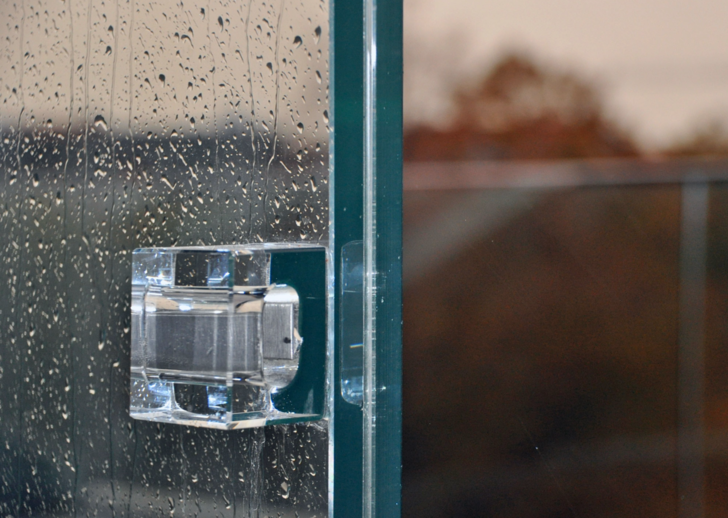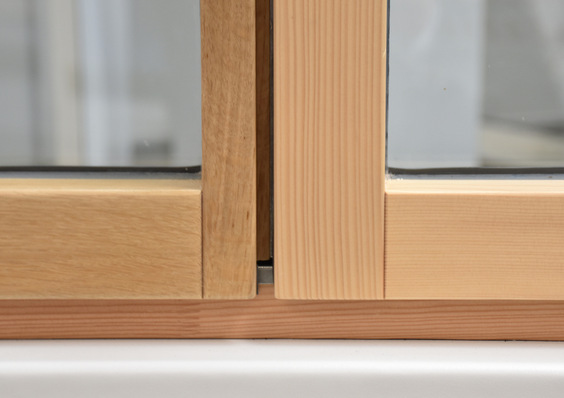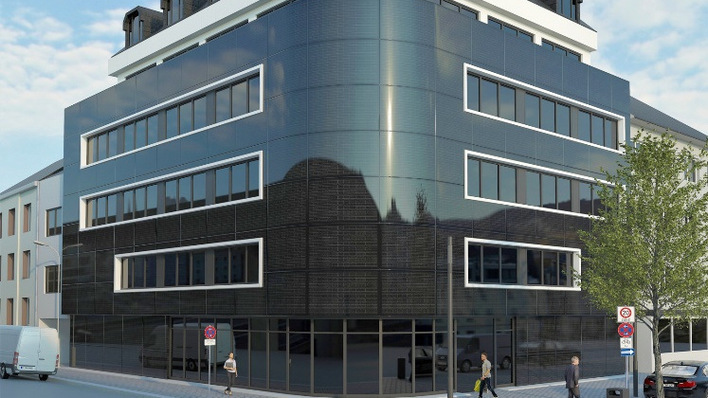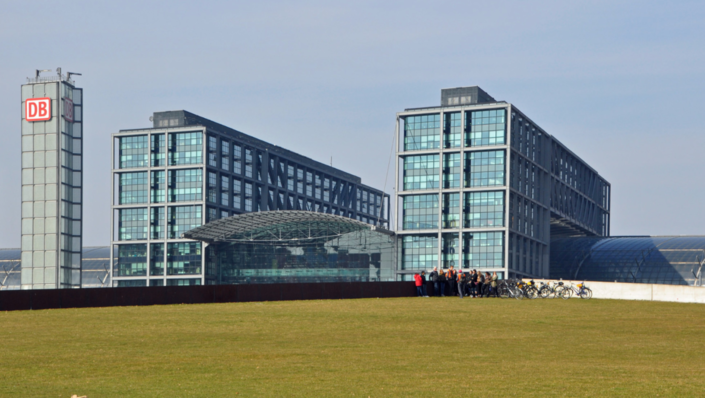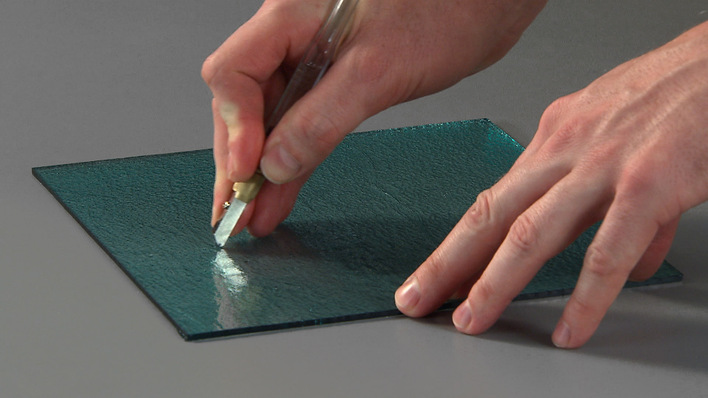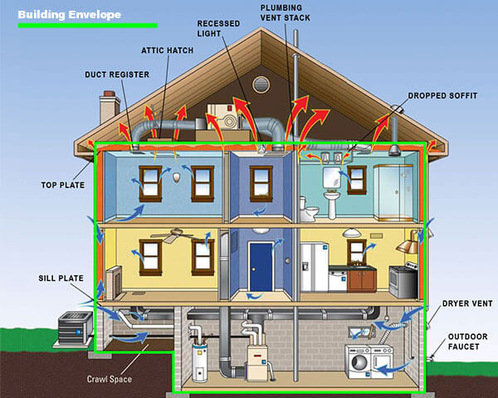In the simplest type of processing, the edges are broken with the grinding tool in order to exclude injuries (seamed edge). The edges of the glass pane can be brought exactly to the required installation dimension by an additional dimensional grind in order to compensate for manufacturing tolerances (custom-ground edge). With ground edges, on the other hand, the entire edge surface is ground. Dimensional grinding is also referred to as adjusting the edge and the ground edge as a fine-adjusted edge. By further grinding and polishing, the surface quality of e.g. visible glass edges, mirrors or table tops can be further improved depending on the desired requirement (polished edge). Finally, different facet grindings further enhance the appearance of edge areas, e.g. on furniture or mirrors.
What is special about the edges of toughened glass?
Thermally toughened glass is usually given an edge grind. If this is not done, the glass pane often breaks during the tempering process. The edge grinding results in a more even distribution of the tempering stress in the area of the edge when the glass pane is toughened. Edge processing, however, must be carried out before finishing to thermally toughened glass, as subsequent processing is only possible to a very limited extent with toughened glass.







